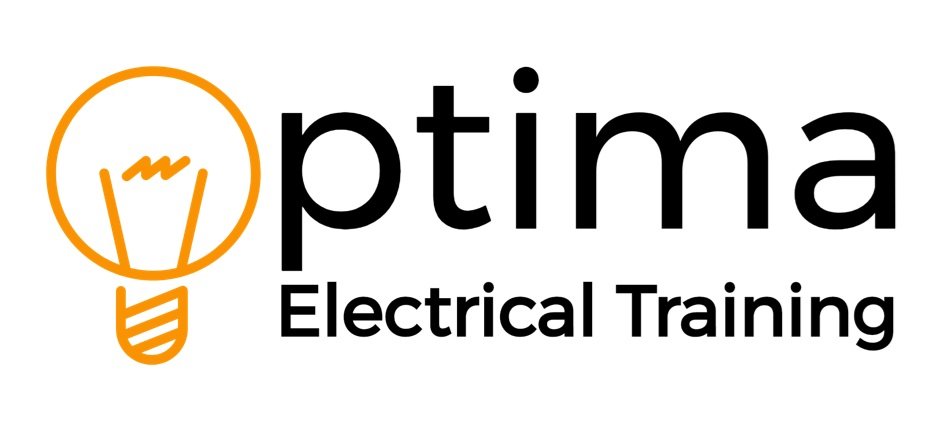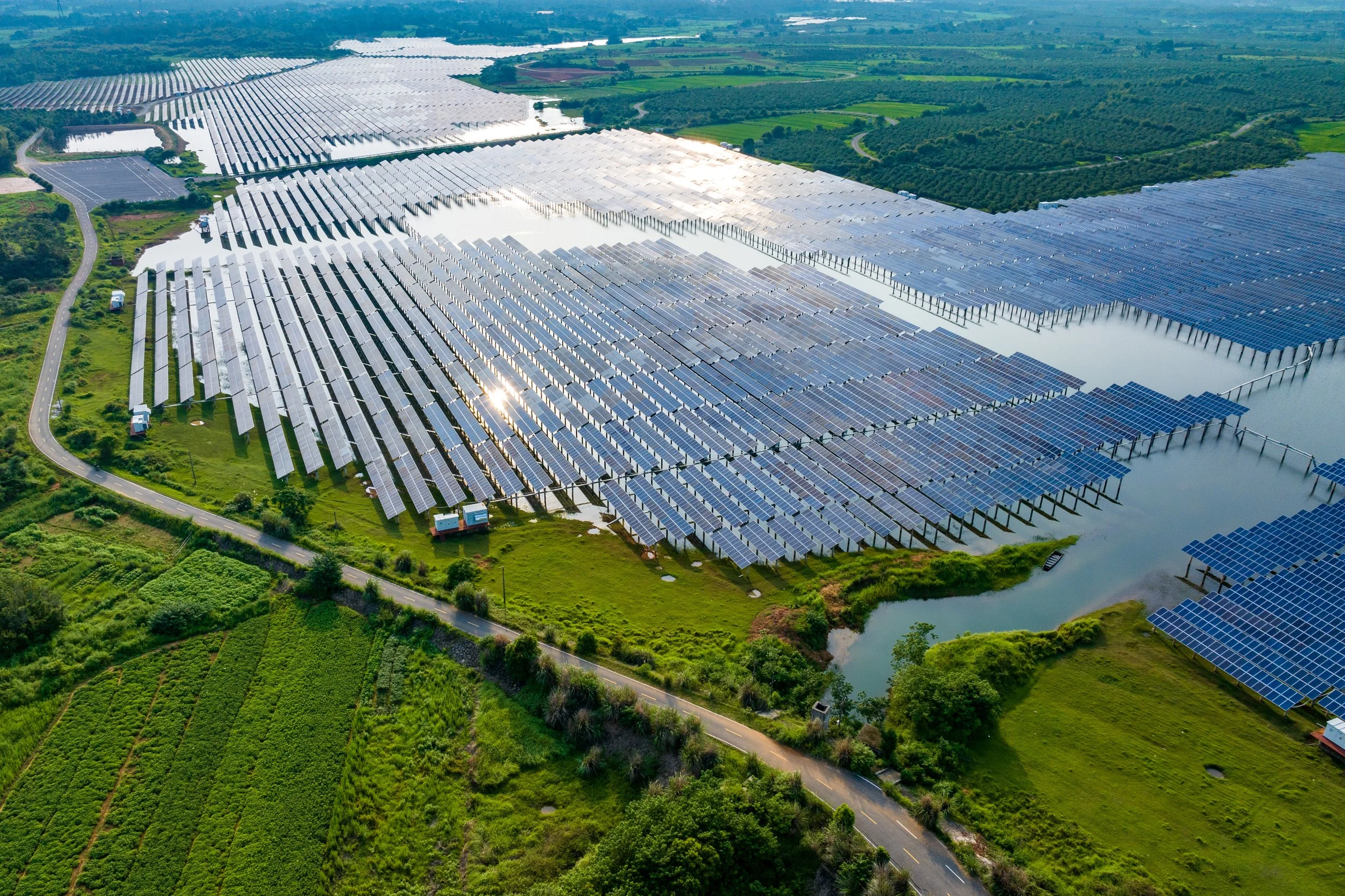Renewable energy becomes the world’s leading source of electricity
Global electricity generation from renewable sources surpassed coal for the first time in the first half of 2025, marking a historic milestone, according to the energy think-tank Ember. In that period renewable output reached 5,072 TWh compared with 4,896 TWh from coal.
Worldwide electricity demand grew by 2.6 % (369 TWh) in the first half of 2025, but growth in solar (+306 TWh) and wind (+97 TWh) alone met 100 % of that increased demand — even helping to drive a marginal decline in coal and gas use.
However, Ember cautions that the global picture is far from uniform. While developing countries — especially China and India — are leading the clean-energy shift, affluent economies such as the United States and European Union are still increasing their reliance on fossil-fuel electricity generation. Argus Media
A separate report from the International Energy Agency (IEA) shows that renewable-energy growth in the U.S. may be significantly lower than previously forecast, reflecting slower policy momentum and regulatory headwinds.
Even though renewable electricity has overtaken coal, coal still remains the largest single source of energy generation globally (not just electricity) in 2024, a status that has held for more than 50 years. IEA
China and India drive the transition
China still continues to add coal-fired generation capacity, but at the same time is installing more solar and wind capacity than the rest of the world combined. That enabled China’s fossil-fuel-based electricity generation to fall by about 2 % in the first half of 2025.
In India slower electricity-demand growth, combined with strong additions of solar and wind, resulted in a reduction of both coal and gas generation.
By contrast, in the U.S. electricity demand rose faster than the clean-energy supply, raising fossil-fuel generation, while in the EU weaker wind and hydro output led to increases in coal and gas use.
Solar surges ahead
Solar power was responsible for approximately 83 % of the rise in global electricity demand in the first half of 2025, and it has now been the largest source of new electricity generation globally for three years running. Most of that solar growth (about 58 %) occurred in lower-income countries, where rapid cost declines have made large-scale deployment viable.
Solar panel prices have fallen dramatically — by around 99.9 % since 1975 — and large new markets can emerge within a single year, particularly where grid electricity is expensive or unreliable. Ember Energy
In Pakistan, for example, the country imported 17 GW of solar capacity in 2024 — roughly a third of its existing generation capacity. Several African nations are also showing rapid import growth: Algeria’s solar imports increased 33-fold, Zambia’s eight-fold, Botswana’s seven-fold. The Renewable Energy Institute
Some of the rapid growth has opened up new challenges: in Afghanistan, for instance, widespread use of solar-powered water pumps is lowering the water table, threatening groundwater access for millions.
Regional differences: sun-belt vs wind-belt
Adair Turner, chair of the UK’s Energy Transitions Commission, explains that countries in the global “sun belt” (Asia, Africa, Latin America) face different energy-system dynamics compared to the “wind belt” (including the UK). In sun-belt regions, cheap solar plus emerging battery storage can yield fast cost reductions and system benefits, while wind-belt countries face slower cost declines, more intermittency and higher balancing-cost risks.
China’s clean-tech dominance
New data from Ember show China achieved record clean-tech exports of around US$20 billion in August 2025, driven by a 26 % rise in electric-vehicle exports and a 23 % gain in battery exports. Together, China’s EVs and battery exports now exceed the value of its solar-panel exports.
Why this matters
Despite uneven regional performance, Ember describes this moment as a “crucial turning point” — this is the beginning of a transition where clean-power growth is keeping pace with rising electricity demand.
For training providers, employers and governments this milestone signals that the clean-energy workforce will need to scale rapidly, with large opportunities emerging in solar, wind, energy-storage, grid infrastructure and related industrial sectors.
Thinking of Becoming a Qualified Electrician?
At Optima, we provide comprehensive electrical training courses that equip you with the skills, qualifications, and confidence to work safely and legally in this vital industry. Whether you’re just starting out or looking to expand your qualifications, our accredited training programmes will give you the knowledge, confidence, and credentials to meet new building standards and market demand.
By enrolling with OPTIMA, you’ll:
✅ Gain industry-recognised qualifications trusted by employers. ✅ Hands-on practical training
✅ Train in a supportive, career-focused environment with real progression routes.✅ Expert instructors with real-world experience
✅ Access our ‘Pathway to Placement’ support to help you move from the classroom into paid work.
✅ Be part of a trade that’s essential, future-proof, and in constant demand.
Contact us today to embark on your training journey.
Contact us: Request Information
Email: info@optima-ect.com
Freephone +44 800 0371572


